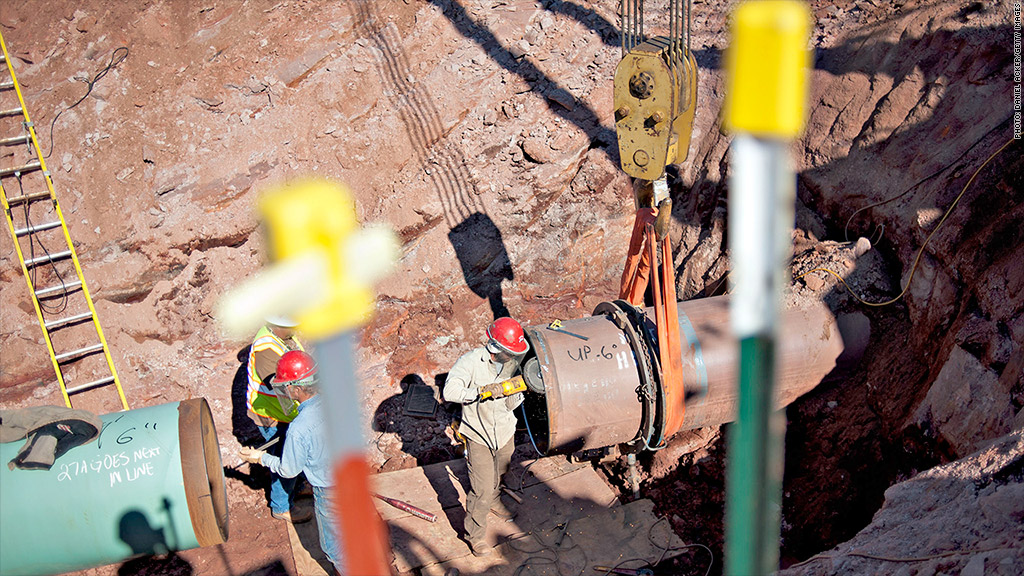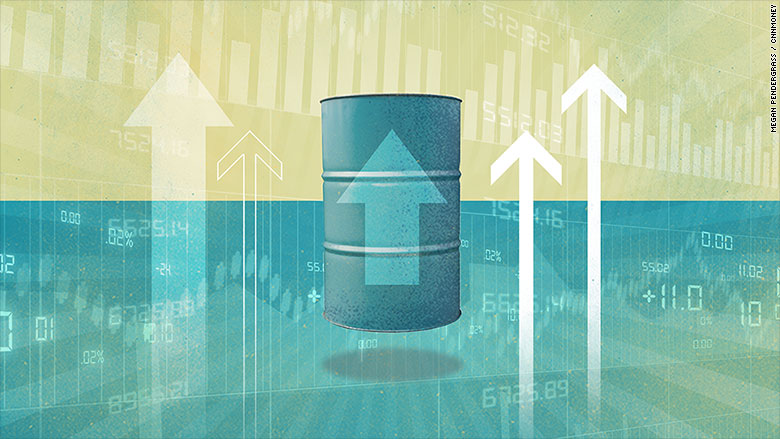[ad_1]

It is a good day for OPEC.
Data released Monday by the oil cartel shows its members have largely complied with an agreement to cut production.
The confirmation caps a remarkable year for OPEC, which was forced to come up with a plan to boost prices after they fell to $26 a barrel in February 2016.
The collapse in prices, to levels not seen since 2003, was caused by months of mounting glut, slowing demand from China and a decision by Western powers to lift nuclear sanctions on Iran.
Since then, the market has taken a surprising turn, with crude oil prices doubling to trade at $53.50 a barrel.
Here’s how the major oil producers worked together to push prices higher:
OPEC deal
OPEC agreed to major production cuts in November, hoping to rein in a global oil oversupply and support prices.
News of the deal immediately boosted prices by 9%.
Investors cheered even more after several non-OPEC producers including Russia, Mexico and Kazakhstan joined the effort to tighten supply.
Crucially, the deal has stuck. OPEC’s report released on Monday showed that its members have, for the most part, followed through on their promises to cut production. The International Energy Agency agrees: It estimated OPEC compliance for January at 90%.
United Arab Emirates energy minister Suhail Al Mazrouei told CNNMoney on Monday that the results were even better than he expected.
The production cuts total 1.8 million barrels per day and are scheduled to last six months.
Related: OPEC has achieved one of its ‘deeper’ production cuts

optimistic investors
The OPEC deal took months to negotiate and investors really like it a lot. The number of hedge funds and other institutional investors betting on higher prices hit a record in January, according to OPEC.
Widespread optimism is helping drive price increases.
Greater demand
The latest data from OPEC and IEA show that global oil demand was higher than expected in 2016, thanks to stronger economic growth, higher vehicle sales and colder-than-expected weather in the last quarter of the year.
Demand is expected to grow further in 2017 to an average of 95.8 million barrels per day, compared to 94.6 million barrels per day in 2016.
The IEA said that if OPEC sticks to its deal, the global glut of oil that has plagued markets for three years will finally disappear in 2017.
Saudi Oil Minister: Not losing sleep over shale
Whats Next?
Despite the impressive growth, analysts warn that prices may not rise much further.
That’s because higher oil prices are likely to lure US shale producers back into the market. The total number of active oil rigs in the US stood at 591 last week, according to Baker Hughes data. They are 152 more than a year ago.
US crude reserves rose in January to nearly 200 million barrels above their five-year average, according to the OPEC report.
“This large build in inventories is the result of a strong supply response from US shale producers, who did not participate in the OPEC deal and have instead been using the resulting price rally to increase production,” said Fiona Cincotta, an index analyst for the city.
A bigger offer could put OPEC under pressure again.
CNN Money (London) First posted on February 13, 2017: 9:13 am ET
#Oil #prices #doubled #year